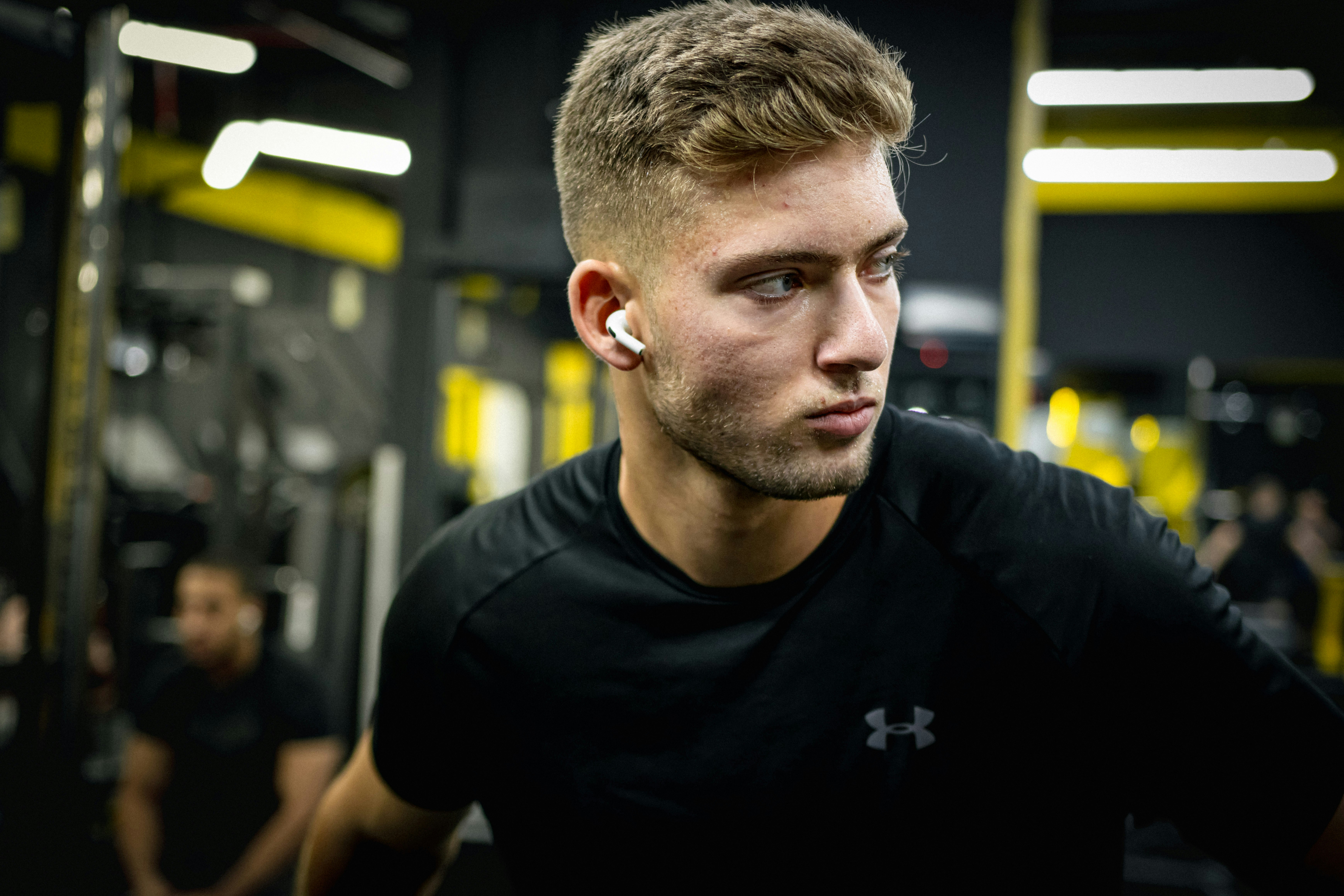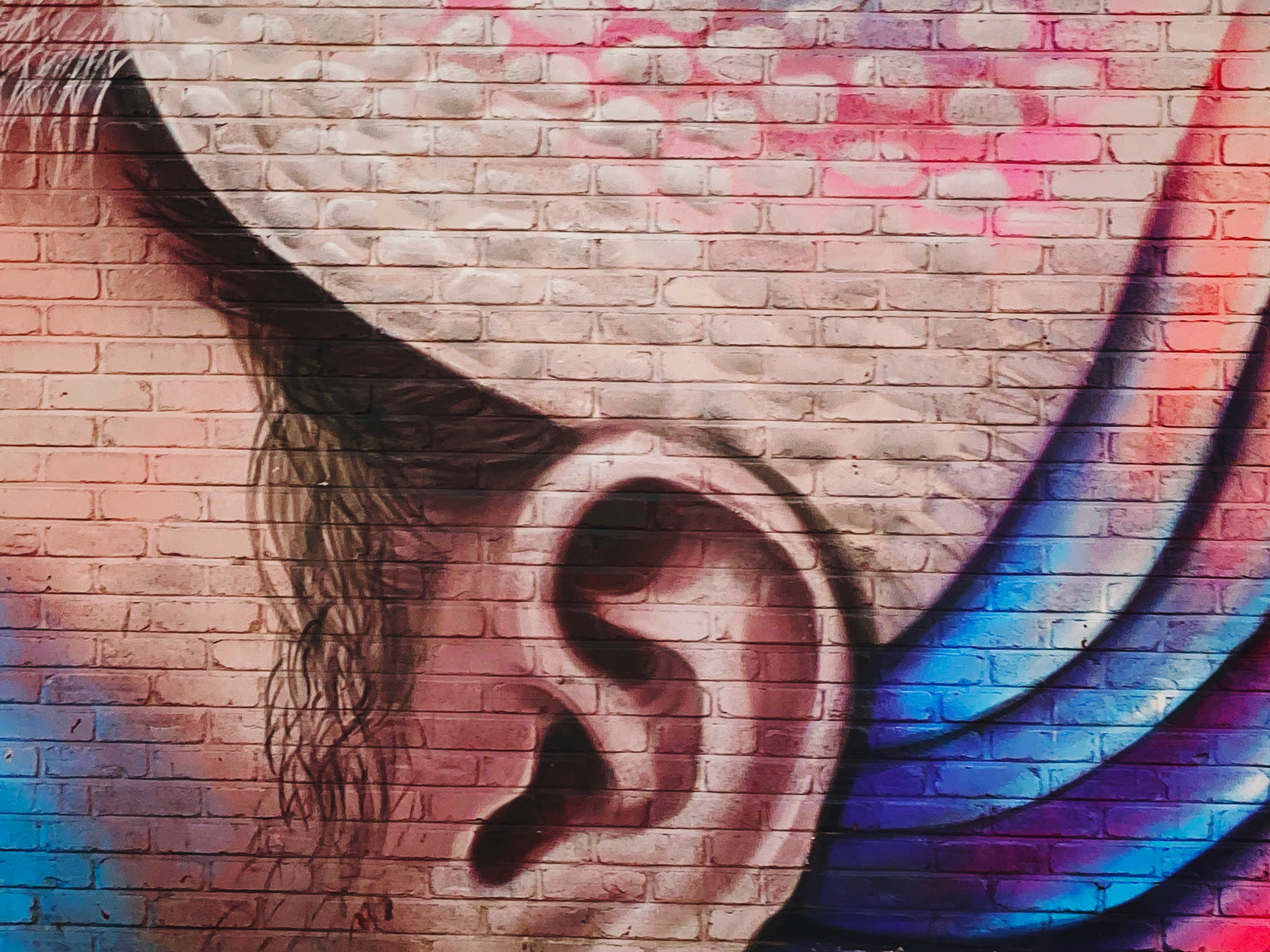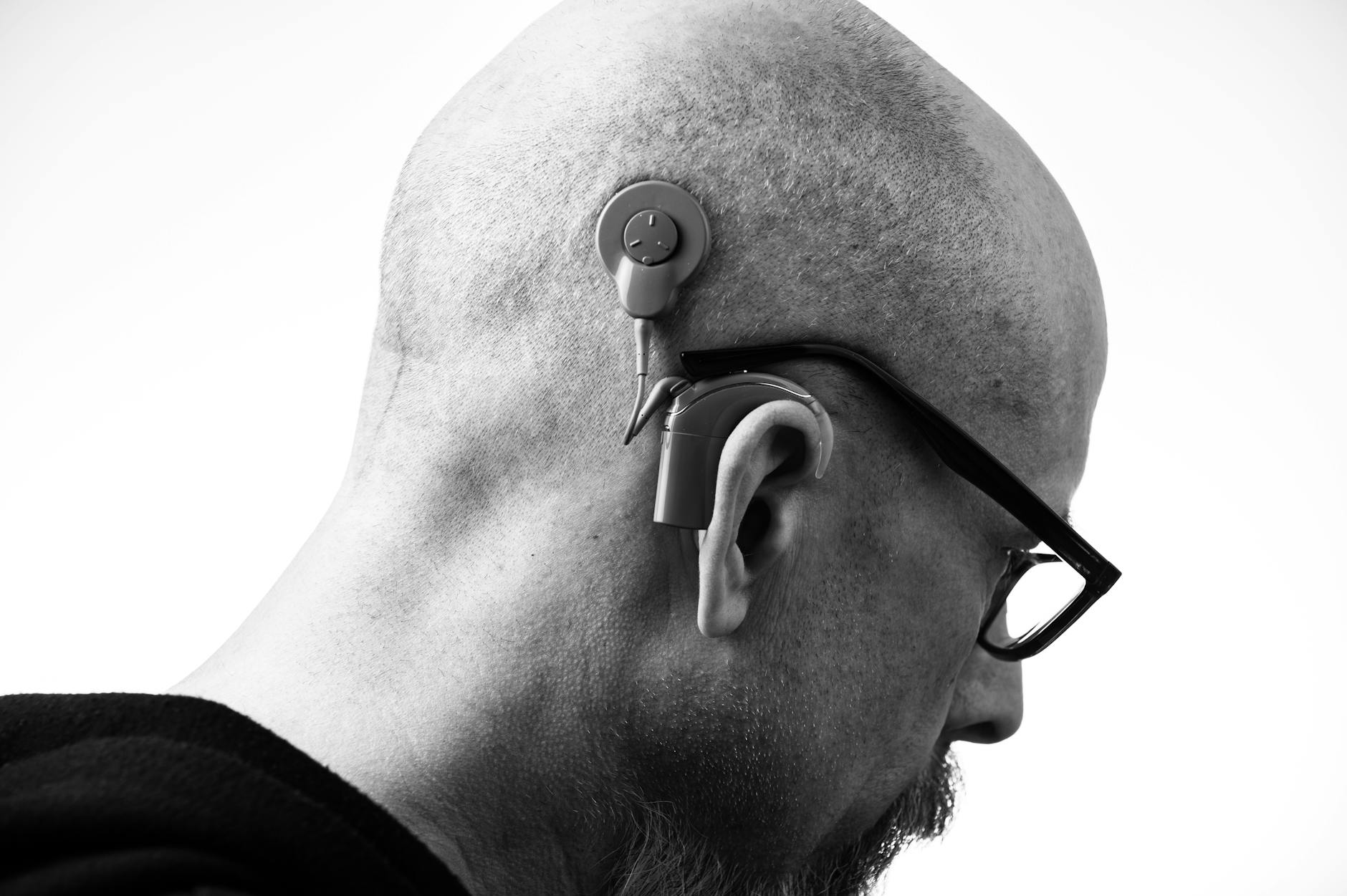Lede: You lift for muscle, run for heart, and stretch for mobility. But what are you doing for your ears? Today’s fitness spaces can hit nightclub-level sound. The good news: a few small tweaks can protect your hearing without killing your workout buzz.
Why fitness can be a hidden hearing hazard
Fitness culture loves loud. Thumping playlists, shouted cues, and reverberant rooms give you energy—but they can also add up to noise doses your ears weren’t built for.
- How loud is loud? Many group classes and weight rooms measure between 90–100 dBA near speakers. Some peak higher during sprints or drops.
- What does that mean for your ears? NIOSH recommends limiting exposure to 85 dBA for 8 hours with a 3 dB “exchange rate” (every +3 dB halves safe time). That means roughly:
- 94 dBA ≈ 1 hour
- 97 dBA ≈ 30 minutes
- 100 dBA ≈ 15 minutes
- Ear fatigue is a signal. Ringing after class, muffled hearing, or a “cotton in the ears” feeling are warning lights your sound dose was too high.
Noise-induced hearing loss is cumulative and permanent. Prevention is your superpower.
Your simple, science-backed protection plan
1) Always have a “quiet kit” in your gym bag
- Filtered earplugs (a.k.a. musician plugs). These reduce the volume evenly so music still sounds good and you can hear coaching. Reusable flanged plugs or custom molds are both great options. Aim for 12–20 dB of reduction for most classes.
- Foam earplugs. Best for extremely loud settings or when you don’t need to converse. Proper insertion matters—roll, pull your ear up/back, insert deeply, and hold for a seal.
- A second option: over-ear headphones with ANC. Active noise cancelling can reduce steady hum and let you play music at a lower volume. Pair with moderate listening levels.
2) Turn your tech into a safety tool
- Use your phone’s hearing features. iOS and Android track headphone exposure. Set volume limits and alerts. If your weekly dose trends high, that’s your nudge to dial back.
- ANC ≠ permission to crank it. The magic is using ANC to listen quieter. If you still have to shout to be heard, it’s too loud.
- Transparency/Ambient modes for safety. When running outdoors, keep environmental awareness with one ear open, an ambient mode, or open-fit earbuds. Keep volumes modest so you can detect traffic and voices.
3) Pick better spots and moments
- Stand away from speakers and hard corners. Sound intensity drops fast with distance. Two big steps can make a big difference.
- Ask instructors for sane sound. A polite, specific ask (“Could we keep peaks under 95 dB?”) often works—many coaches appreciate the reminder.
- Take micro-breaks. Step out during the loudest track, or remove one earbud briefly to give your ears a breather.
4) Choose safer headphones for your sport
- Strength training and classes: Filtered earplugs or over-ears with ANC keep the vibe while protecting your ears.
- Running outdoors: Consider open-fit or bone-conduction headphones at low to moderate volume, or use one earbud. Remember, bone conduction isn’t inherently “safer” if it’s loud—the dose still counts.
- Cycling: Wind noise at speed can be surprisingly intense around the ear. A low-profile earplug with modest attenuation can reduce the roar while preserving key sounds; helmet fit and small aero covers help too.
5) Recover your ears like you recover your muscles
- Quiet time after loud workouts. Give your ears a few hours of relative quiet. Avoid stacking a noisy commute or loud café on top of a high-decibel class.
- Watch for red flags. Persistent ringing, fullness, or difficulty understanding speech after workouts merits a hearing check. A baseline audiogram is smart for anyone who trains in loud spaces regularly.
Volumes, exposure, and the “dose” concept—made easy
Your ears care about how loud and how long. That’s your noise dose. Two practical rules:
- Rule 1: Lower is better. A 5 dB drop cuts your dose by more than half. If earplugs lop off 15 dB, you’ve transformed a risky class into a safer session.
- Rule 2: The clock matters. Safe time halves every 3 dB. If the room averages 95 dBA, limit unprotected time to well under an hour. With 15 dB filtered plugs, you’re effectively experiencing ~80 dBA—that’s comfortably within most safe limits for typical class lengths.
Many phones and smartwatches now estimate your exposure over the week. Treat it like your step count for your ears.
Special situations (and smart fixes)
If you wear hearing aids
- Ask for a “gym” program. Your audiologist can set a program that softens sudden peaks, manages feedback from sweating, and optimizes mics for noisy rooms.
- Sweat protection. Moisture sleeves, retention clips, and a nightly dryer can extend device life. Wipe devices after workouts.
- Hearing protection with aids? You can wear filtered earplugs over well-fitted earmolds or use passive over-ear muffs. Your audiologist can help you test combinations.
If you coach or instruct
- Use a headset mic. When your voice is amplified, you don’t need to blast the music to be heard.
- Set limits. Keep average levels near/below the high 80s dBA and avoid prolonged peaks above the low 90s.
- Post a hearing-friendly policy. Offering earplugs at the desk and normalizing protection makes your studio stand out.
Earbuds, sweat, and ear health
Long, sweaty sessions with tightly sealed earbuds can irritate the ear canal and increase infection risk in some people.
- Air out and clean. Wipe earbuds with a dry or slightly damp cloth (no alcohol inside ports), and let your ears breathe post-workout.
- Don’t dig. Avoid cotton swabs and ear candles. If you’re prone to earwax buildup or swimmer’s ear, talk with a clinician about safe maintenance or drops.
- Rotate gear. If your ears feel sore, switch to an over-ear style or an open-fit day to reduce canal pressure and humidity.
Build a quiet-smart training routine
It’s easier to keep habits than to make decisions mid-burpee. Try this weekly template:
- Before you train: Pack your filtered earplugs or ANC headphones. Set your phone’s volume limit.
- During: Position away from speakers, check seal on plugs, and keep your own music at “you can still talk” volume.
- After: Give your ears a quiet window. Glance at your exposure stats once a week.
Bonus: Many people report less post-workout fatigue and headache when they cut the noise. Your nervous system likes calmer inputs.
Myths that quietly hurt your hearing
- “It’s only one class.” Noise exposure is cumulative. Repeated “only one” adds up.
- “Foam earplugs ruin the music.” Poorly inserted foam sounds boomy. Properly fitted foam or musician filters preserve clarity at a safer volume.
- “Bone conduction is harmless.” The pathway is different, but sound energy still reaches your inner ear. Volume still matters.
- “If I don’t feel pain, it’s fine.” Loud sound can be damaging well before it feels uncomfortable.
When to get professional help
If you notice persistent ringing, sound sensitivity, or trouble hearing speech—especially after workouts—schedule a hearing test. Audiologists can:
- Measure your hearing and establish a baseline for future comparison.
- Recommend the right protection for your training environment.
- Set up hearing aid programs tailored to gyms or outdoor exercise, if you use devices.
Quick, personalized advice beats guesswork—and helps you keep doing what you love, longer.
The bottom line
Fitness builds a stronger body. Protecting your hearing builds a stronger future. Pack protection, use your tech wisely, give your ears recovery time, and bring the volume culture in your gym along for the ride. Your PRs won’t suffer—but those precious inner ear hair cells will thank you.
Further Reading
- Eat, Move, Hear: The Lifestyle Blueprint to Protect Your Ears (Lifestyle) - Your Daily Sound Diet: Noise Hygiene Habits That Protect Your Hearing (Without Becoming a Hermit) (Lifestyle) - Your Daily dB Budget: Measure, Track, and Cut Noise Before It Cuts Your Hearing (Prevention) - When Noise Meets Chemicals: The Overlooked Combo That Damages Hearing (Research)Frequently Asked Questions
Are noise-cancelling headphones safe for my hearing at the gym?
They can be, if you use them to listen at a lower volume. Active noise cancelling reduces background noise so you don’t have to crank your music. Keep your volume at a level where you can still have a brief conversation without shouting, and use your phone’s volume limits and exposure tracking. ANC is not a free pass to listen louder.
Is it okay to wear earplugs while running outdoors?
Yes—with situational awareness. Use low- to moderate-attenuation filters so you can still hear traffic and voices, or wear a single earplug on the road-facing side. Open-fit or bone-conduction headphones at modest volume are also options. If you feel less aware of your surroundings, turn it down or remove one side.
How loud are group fitness classes, really?
Measurements commonly range from the low 90s to around 100 dBA near speakers, with peaks above that during high-energy segments. At those levels, unprotected safe listening time can be under an hour, sometimes just minutes. Using filtered earplugs or moving away from speakers can bring your dose into a safer range.
What should I do if my ears ring after class?
Give your ears quiet time for the rest of the day and protect them at your next session. If ringing or muffled hearing lasts more than 24 hours—or repeats after workouts—book a hearing evaluation with an audiologist. Early attention helps prevent cumulative damage and gives you tailored protection strategies.



